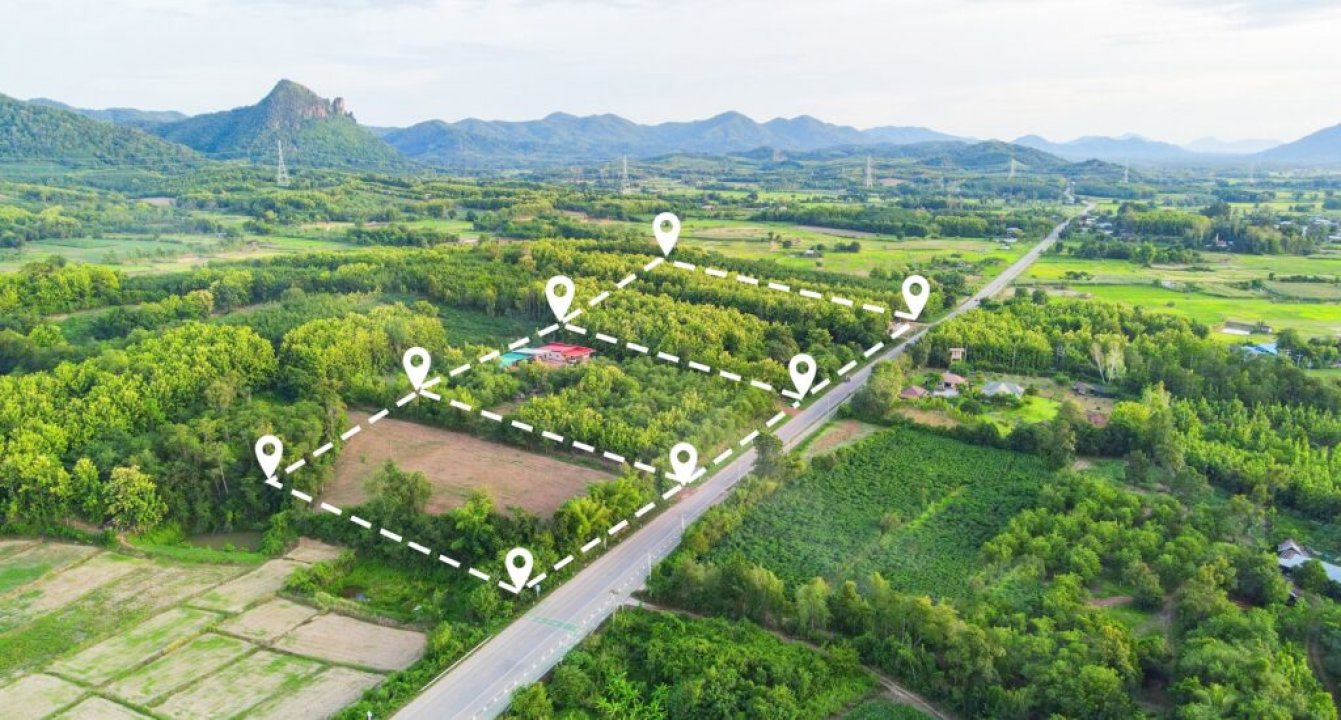With sustainable and correct land selection, it is possible to prevent unplanned constructions that do not have a ready infrastructure and may be harmful to the ecosystem.
As the basic solution to the climate crisis that has emerged with the rapid increase in population and the increase in carbon footprint, the necessity of proper management of the soil emerges. Countries seeking solutions to the climate crisis around the world have set strategic action targets for sustainable/green growth. Turkey is among the countries aiming at sustainable urban growth and trying to develop city planning principles related to it.
Sustainable urban growth; In the most general terms, it is the ability of a city to be self-sufficient with all its natural resources. For the common future of all citizens; Sustainable urbanization should be ensured by structuring all the basic requirements that feed the city, such as water and food management, disaster management, the use of renewable natural resources, employment and housing of the increasing population, together with qualified city plans.

Land Selection for Sustainable Construction Projects
For all building manufacturers, “producing real-life and salable projects” is the basic and first condition for determining new project areas and project size. While determining the projects that the contractor companies will start, it is necessary for the citizens to carefully monitor the new life trends and the preferred locations in the city. In addition, after determining the right location and project area, the size of the project (number of flats/villas/businesses) and type (mixed project/housing project/shopping mall project etc.) should be decided with analyzes supported by the city administrations in order to achieve the target of salability. .
As a result of sectoral analysis, building producers should be able to convey their determinations and needs to city managers and institutions that make plans, and in the same way, institutions that make plans should create transparent platforms where they can direct building producers according to the development axes and growth data in the city, with the goal of "sustainable and correct land selection for projects".
In this way, project areas that are rational and compatible with the real needs of the city will be determined for sustainable urbanization, by speeding up the planning at the points with a large population preferred by the citizens as their living space, and by preventing unplanned constructions that are not ready and may be harmful to the ecosystem.

Land Production Responding to Sectoral Needs with Qualified City Plans
It covers the last 20 years that city plans in the world and in our country have moved out of the technical dimension and have taken up the social dimensions and become more qualified by utilizing technology.
When considered in this way, city plans cease to be a two-dimensional and physical discipline; It is a very new development that it deals with the formation of shorter-term and flexible city plans that comprehend the city with its social dimensions, take into account the real needs of the citizen and the city, and can think about the city in 3D with technological developments.
In the past, structuring city plans with population projections determined over 10-20 year long-term scenarios cannot adapt to today's rapidly changing socio-economic processes and even housing demand.
As a result, planning processes that cannot catch up with the current cause fragile city dynamics and unplanned construction. With the developing technology and rational/participatory planning, it is seen that the city needs adaptive plans that can respond to sudden changes such as pandemics.
In order to create city plans targeting the sustainable growth of cities; Urban areas such as the city's natural protection areas, water basins, areas with high agricultural value and production potential, as well as areas that are important for the ecosystem, should be preserved and transferred to future generations. At the same time, safer settlement choices should be made by withdrawing the housing and employment areas of the rapidly increasing urban population from areas with disaster risk.